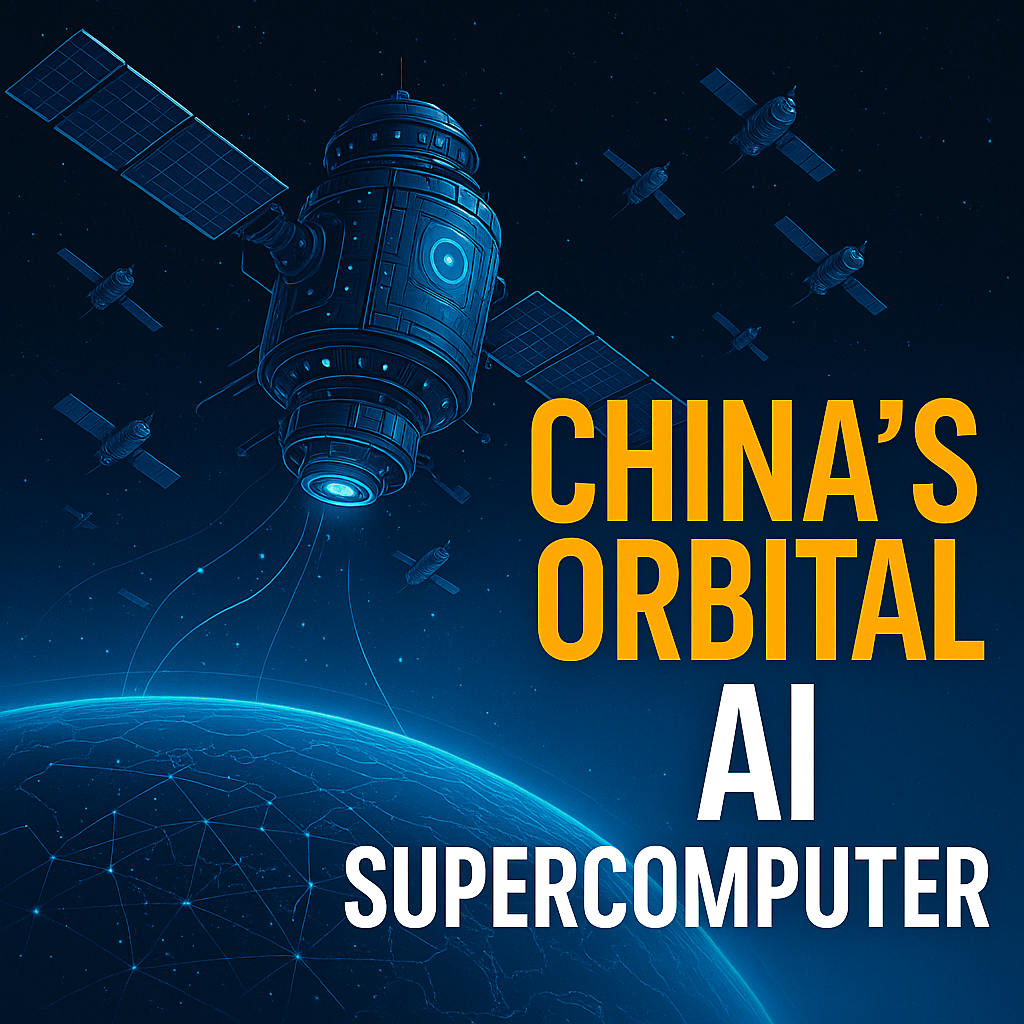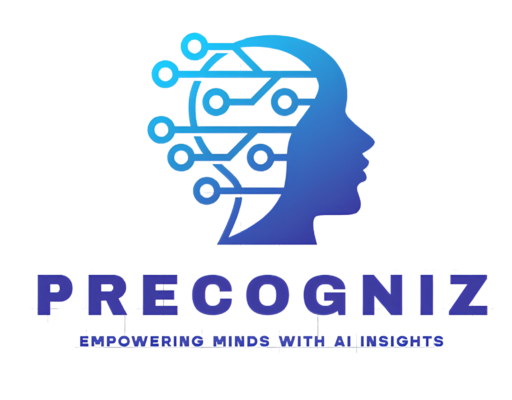-
0 Comments
China is making an audacious move to revolutionize computing by shifting the battleground for AI supremacy into space. Through its “Three-Body Computing Constellation”, the country is building the world’s first large-scale orbital AI supercomputing network — a futuristic step that could redefine how data is processed, shared, and leveraged globally.
🌌 A Supercomputer Above Earth: What’s Being Built
In May 2025, China launched the first 12 satellites of a planned 2,800-satellite AI constellation from the Jiuquan Satellite Launch Center. This project, led by commercial space firm ADA Space in collaboration with Zhijiang Laboratory and Neijiang High-Tech Zone, is not just about infrastructure — it’s about creating a fully distributed, autonomous AI network in low Earth orbit.
Each satellite functions as a computing node, carrying an AI model with 8 billion parameters and capable of 744 TOPS (tera operations per second). When fully deployed, the network is expected to achieve 1,000 POPS (peta operations per second) — rivaling the world’s most powerful terrestrial supercomputers.
🧠 Intelligence in Orbit: Why It Matters
This isn’t just a space tech milestone — it’s a shift in how humanity might approach global-scale AI tasks:
Low-latency edge processing: Instead of routing data back to Earth, satellites can process it on the spot, dramatically reducing time and transmission costs.
Space-to-space AI inference: Inter-satellite communication via high-speed 100 Gbps laser links allows the constellation to function as a cohesive neural network.
Data sovereignty in orbit: With storage capacities of 30 TB per satellite, China can manage massive datasets outside terrestrial jurisdictions — a move with significant geopolitical implications.
🛰 Real-World Applications and Use Cases
The satellites will not just compute; they will observe, analyze, and model. Equipped with advanced sensors such as X-ray polarization detectors, the network will monitor cosmic events like gamma-ray bursts. On Earth, it will generate real-time 3D digital twin models of terrains, cities, and environments — useful for:
Disaster response and relief
Military reconnaissance
Immersive tourism and gaming experiences
Smart urban planning and development
By processing these models in space, China is sidestepping the latency, bandwidth constraints, and environmental impact of traditional Earth-based data centers.
☀️ Clean, Scalable, and Sustainable
Unlike power-hungry terrestrial server farms, this orbital network:
Runs entirely on solar energy
Utilizes the cold vacuum of space for passive cooling
Eliminates the need for massive water consumption and cooling infrastructure
This makes it a greener alternative at a time when data center emissions are projected to become a major global concern.
🌍 Strategic and Global Implications
This is not just a scientific endeavor — it’s a strategic maneuver in the evolving space and AI race. China’s investment in space-based AI:
Challenges US and EU dominance in cloud and supercomputing
Expands its presence in space infrastructure, setting new precedents for sovereignty and control over orbital AI
Potentially creates a military advantage, with autonomous, AI-powered sensing and computing nodes functioning globally and independent of Earth-bound assets
If successful, it could redefine the architecture of cloud computing — from centralized terrestrial data centers to decentralized orbital AI nodes, making today’s infrastructure look outdated.
🔭 What’s Next?
As more satellites are launched, watch for:
How other global powers respond — will we see a “cloud wars in orbit” era?
The technical feasibility of scaling, updating, and maintaining complex models in space
The ethical and regulatory challenges of AI operating autonomously outside Earth’s jurisdiction
🧩 Final Thought
China’s orbital supercomputer project is more than technological ambition — it’s a statement. It reflects a paradigm shift toward off-world computation, combining AI, aerospace, and geostrategy into a bold vision of the future. Whether it succeeds or not, the ripple effects of this initiative are already influencing how nations think about data, intelligence, and the future of computing.


